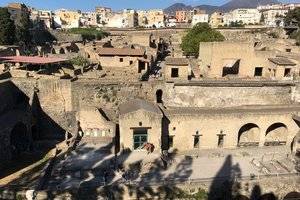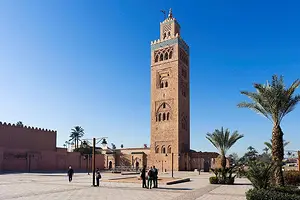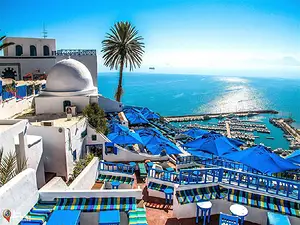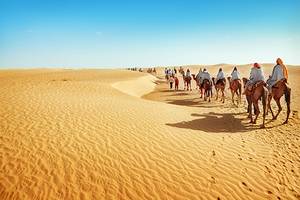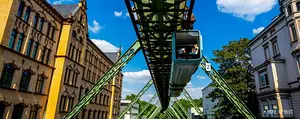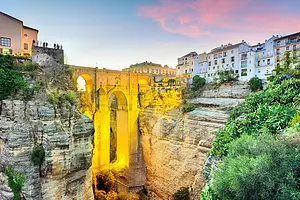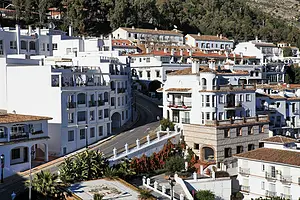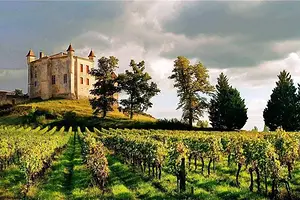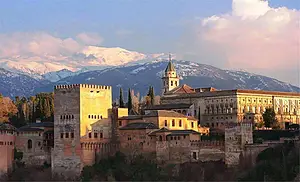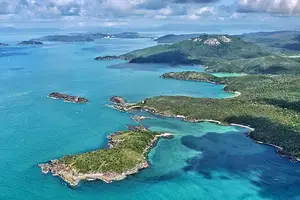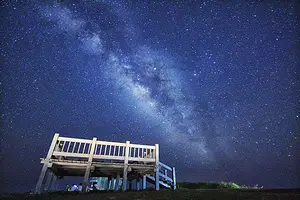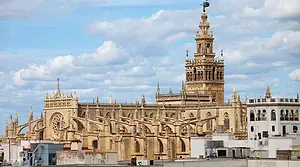Via Luigi Palmieri, 173, 80056 Ercolano Napoli
4.3
Introduction
This is one of the ancient cities near Mount Vesuvius that was destroyed in the eruption in August of 79 AD. It is said that Herculaneum was destroyed on the second day after Pompeii. In recent years, archaeologists have found over 300 human remains on the nearby coast, believed to be the result of evacuation during the volcanic eruption. Unlike Pompeii, this city was buried deep under 20-30 meters of volcanic ash, preserving the floor structure of buildings and even wooden furniture (beds, folding doors). More surprisingly, during excavations from 1750 to 1765, nearly 1800 volumes of carbonized papyrus scrolls (Herculaneum Papyri) were found in a house. The widespread use of colorful mosaic decoration in households indicates that the residents here were wealthier than those in Pompeii. Although smaller in scale than Pompeii, excavation work has been ongoing for over 200 years and is far from finished. In 1997, it was inscribed on the World Heritage list by UNESCO. Address Via Luigi Palmieri, 173, 80056 Ercolano Napoli
Opening hours April 1 to October 31: 8:30-19:30 (last admission at 18:00)
November 1 to March 31: 8:30-17:00 (last admission at 15:30)
closed on January 1, May 1, and December 25.
Transportation Take the Circumvesuviana Napoli-Sorrento or Circumvesuviana Napoli-Poggiomarino train from Naples to reach Ercolano scavi in just 10 minutes.
